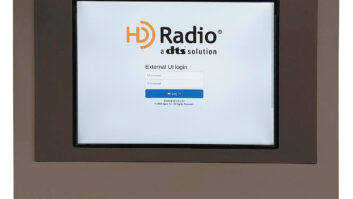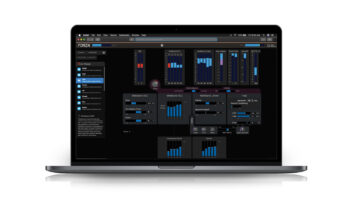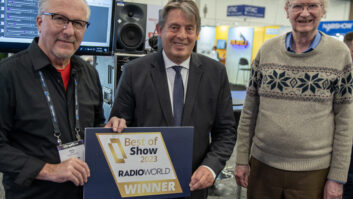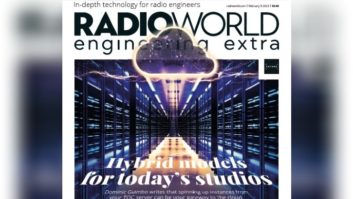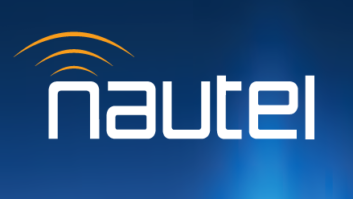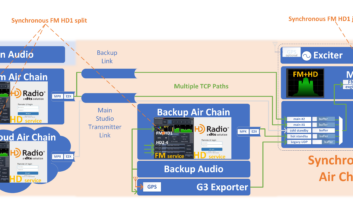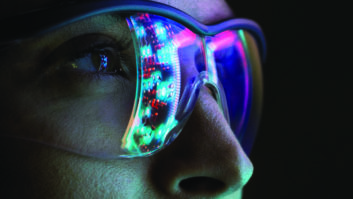In 2020 Nautel participated in a demonstration that described a new approach to HD Radio time alignment. We asked Chief Technology Officer Philipp Schmid for an update.
Radio World: First let’s summarize what was demo’d.
Philipp Schmid: In response to industry demand, Nautel, in cooperation with Telos Alliance, demonstrated a new FM+HD Radio transport architecture based on established standards that allows a broadcast transmitter to simply connect to an IP address for all its audio and data content for both FM and HD Radio including all subchannels and data services.
This approach greatly simplifies today’s HD Radio installations consisting of many fixed-purpose boxes (and ensuing rat’s nest of cables) at the transmitter site.
Now we can relocate major broadcast functions like audio processing such as the Omnia Enterprise 9s and audio encoding as in Xperi Gen4 into pure software components that can be centrally managed. Software components can also easily be duplicated for maintenance and redundancy purposes.
We demonstrated how we cloned several instances of the HD Radio air chain in Amazon Web Services and distributed them across data centers across the globe. We demonstrated a Nautel VS transmitter switching between the cloned air chains on simulated air chain failure conditions with minimal interruption to the overall broadcast signal.
The final standby air chain was running on our HD MultiCast+ platform running beside the transmitter demonstrating continued broadcast under complete STL failure conditions.
RW: It seems there were several implications of that demo for how digital radio air chains are constructed.
Schmid: Yes, the ultimate centralized location is the cloud, no matter if it’s a corporately managed data center or third-party service provider like AWS, Microsoft Azure or others. Smaller broadcasters can also benefit from shared centralization through simplified management and access to a pool of technical experts.
With the right transmitter, upgrading to HD Radio broadcasting will be so simple and cost-effective that any broadcasters can easily convert to HD Radio, even only for a limited time, should they see an opportunity to lease an HD Radio sub-channel or host a data service on their licensed frequency.
[Check Out More Products at Radio World’s Products Section]
RW: Can you expand on the implications?
Schmid: The ability to clone a software-based air chain is disruptive.
Where fixed-purpose boxes require down time for repair or firmware updates, a broadcaster can apply new software updates and features by cloning a new standby air chain, updating, then testing the final on-air product using a spare transmitter, and then switching over before retiring the old air chain.
Fleet upgrades are a breeze. IT security is greatly improved; should your air chain become compromised, fix the attack vector, ditch the compromised air chain, revert to the last safe restore point.
Fixed-purpose boxes cannot be easily replicated and are no safer. In fact, malicious actors can hide in embedded systems without your knowledge. Our solution is incorporating state-of-the-art encryption and authentication to guarantee an uncompromised encoder to transmitter connection even across the public internet.
RW: What new products does Nautel offer that build on these concepts?
Schmid: Nautel is fully invested in this disruptive vision. We are aligning our existing transmitter portfolio to this new architecture and will back-port it to already shipped Nautel transmitters ready to convert to HD Radio tomorrow. As we head towards the NAB Show we’ll be adding Telos Alliance Omnia software audio processing options to the HD MultiCast+, our current software-based importer/exporter, which is already unique in the industry by way of its optional hardware-based audio processing. This is a first step towards the larger vision.
Please attend our Broadcast Engineering and IT Conference presentation for an in-depth look to fully understand the possibilities of this novel approach. It’s called “A Cloud-Capable Synchronized Transport Architecture for FM and HD Radio Broadcasting,” on April 26 at 12:55 p.m.





